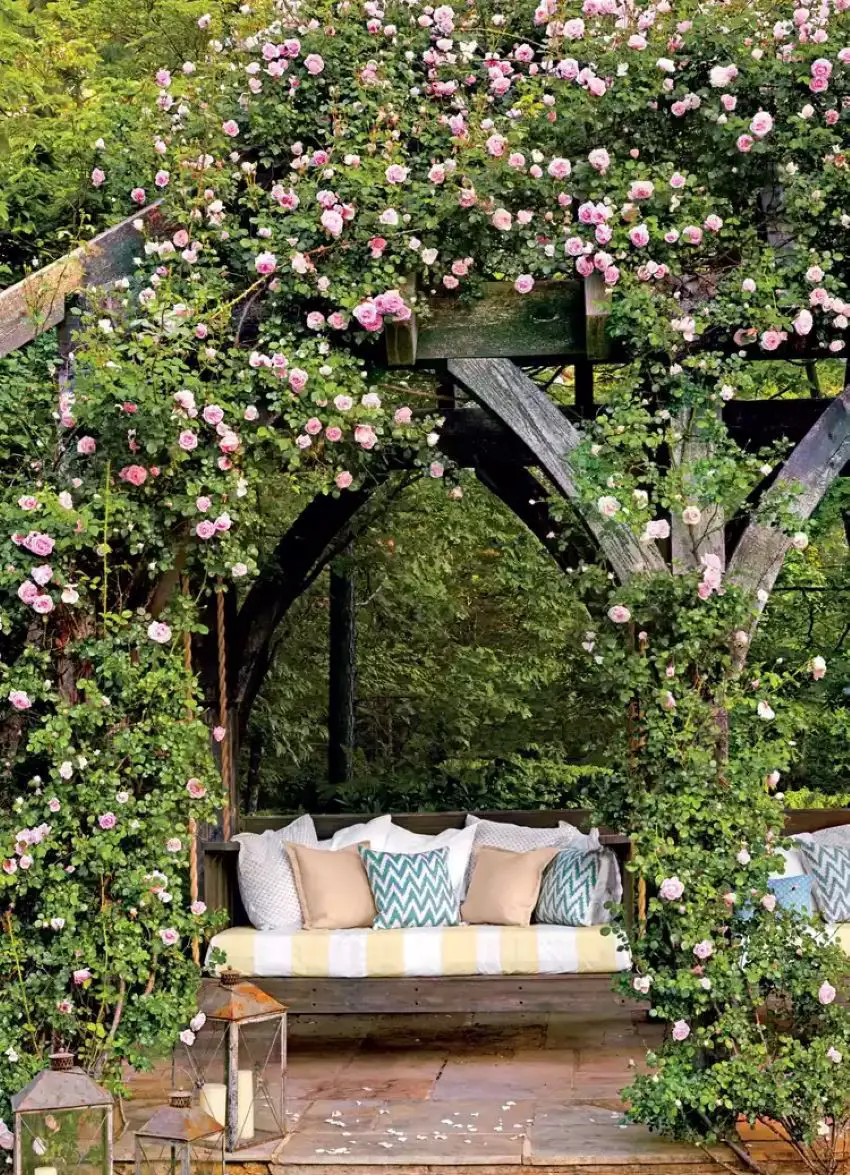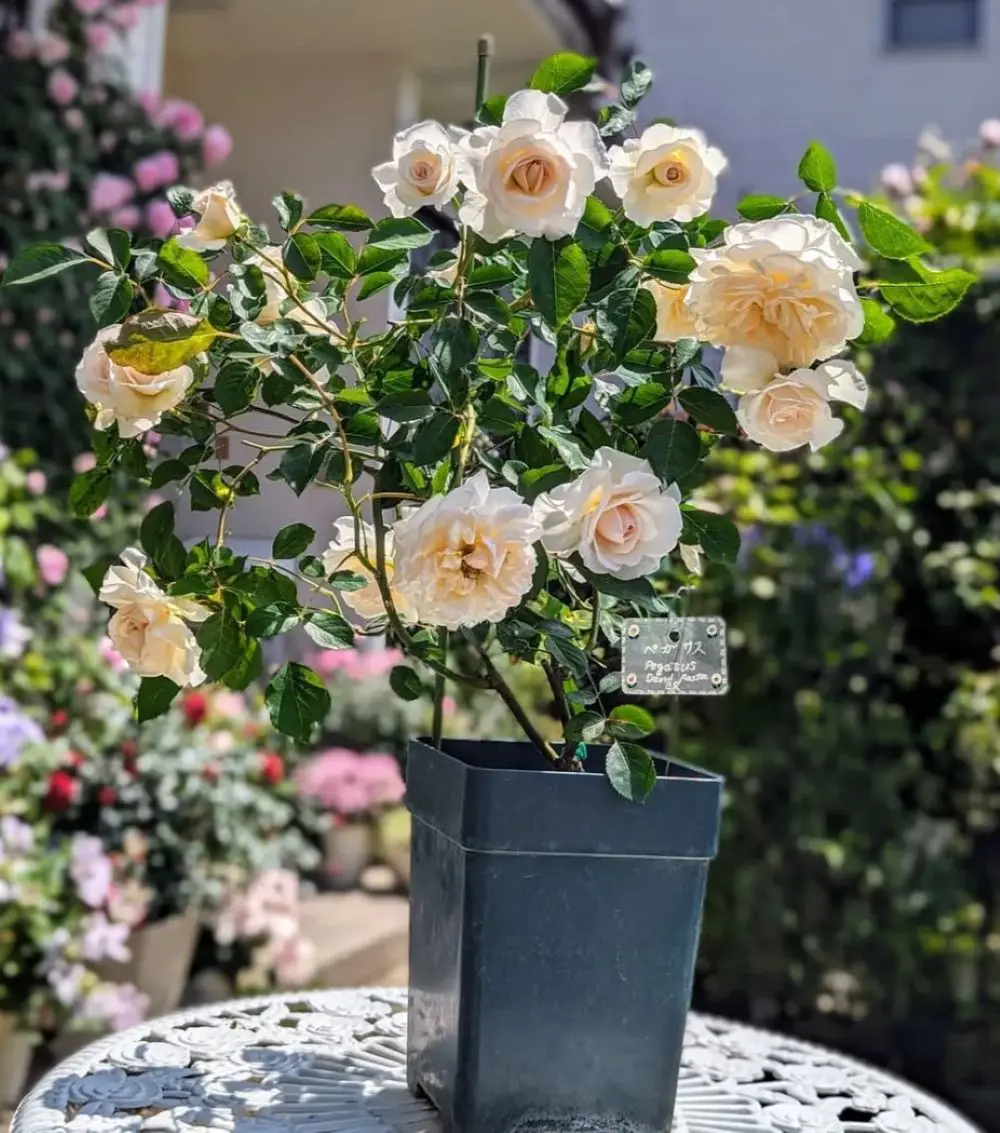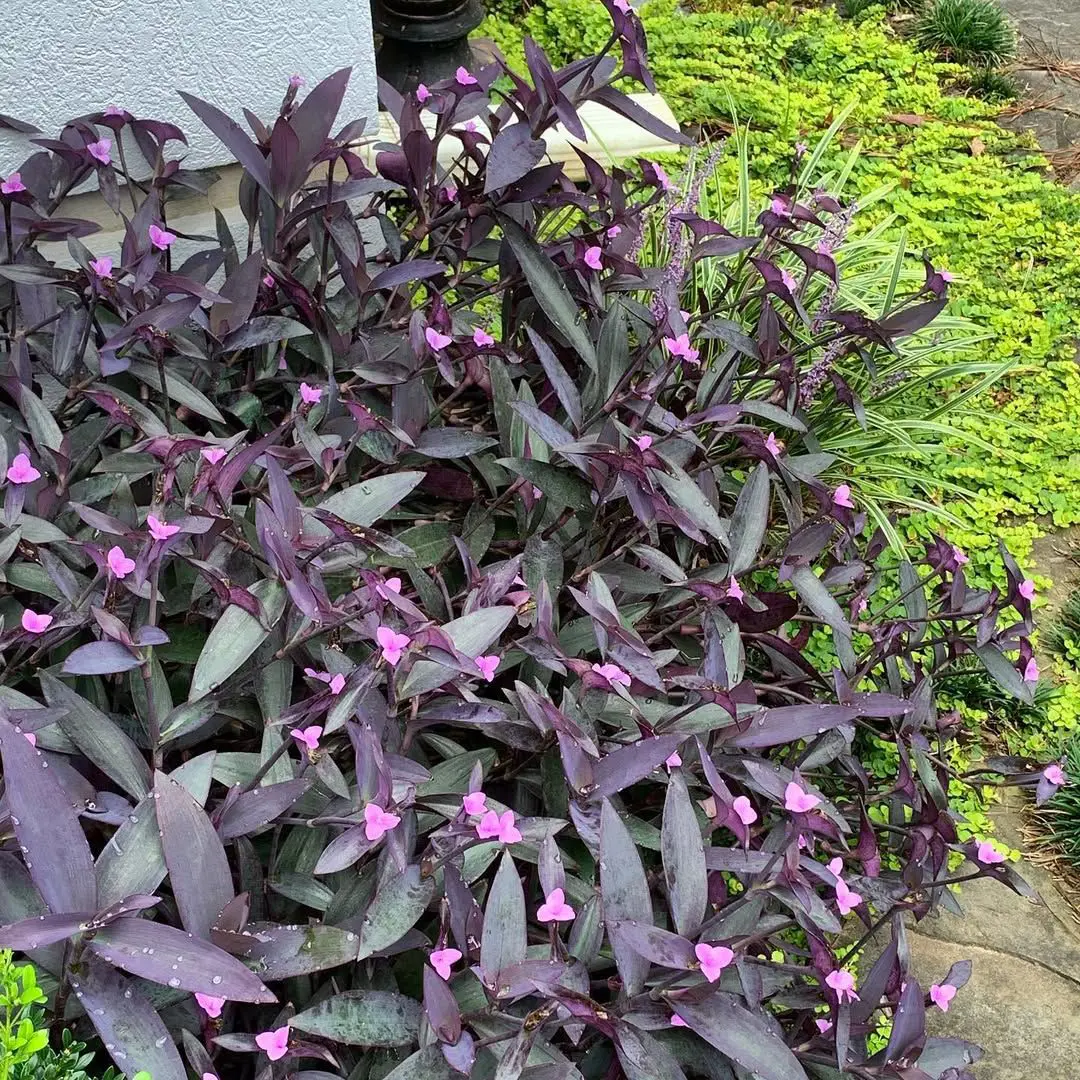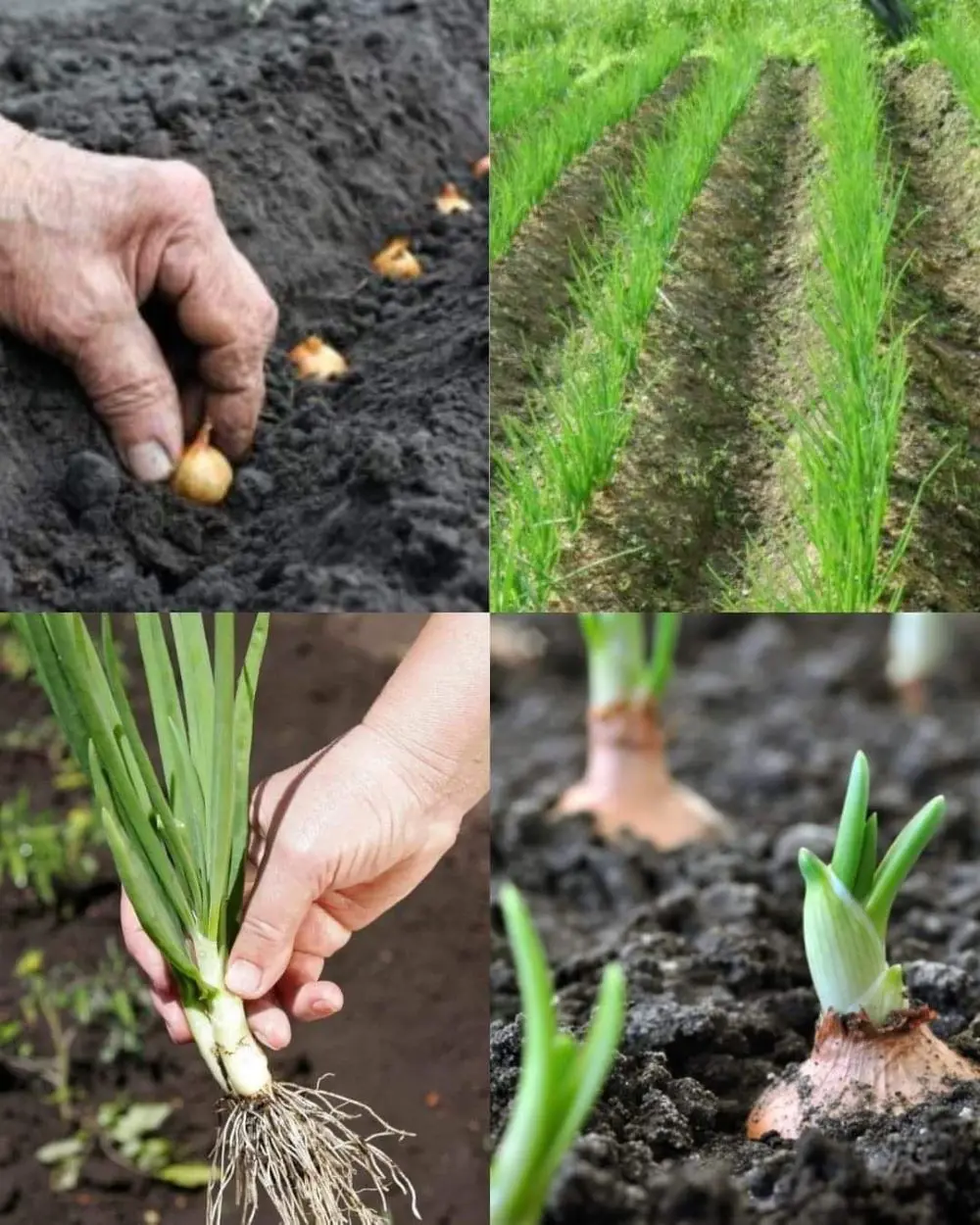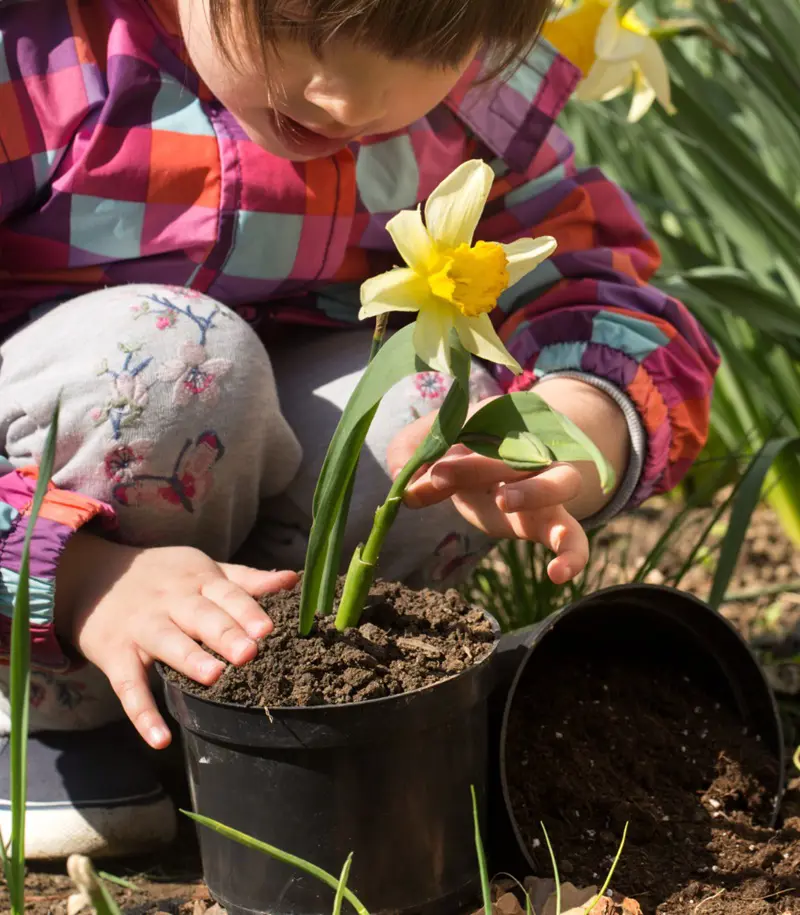Climbing roses add a timeless charm to gardens with their cascading blooms and elegant climbing habits.
Whether adorning trellises, fences, or walls, these versatile plants bring beauty and fragrance to any outdoor space. Successfully cultivating climbing roses involves understanding their specific needs for sunlight, soil, pruning, and support.
This comprehensive guide will walk you through essential steps and tips to ensure your climbing roses thrive, offering a profusion of flowers season after season.
Characteristics and Benefits
- Vertical Growth: Climbing roses can reach heights of 10-20 feet, depending on the variety and growing conditions. This makes them perfect for adding vertical dimension to gardens.
- Extended Bloom Period: Many varieties bloom repeatedly throughout the growing season, from spring to late autumn, providing continuous color and interest.
- Fragrance: Many climbing roses are prized for their sweet, intense fragrance, adding sensory appeal to the garden. Their scents range from light and sweet to deep and musky.
- Multi-Season Interest: In addition to their beautiful blooms, many climbing roses have attractive foliage and interesting hips (seed pods) in the fall. These hips can provide food for wildlife and add winter interest.
- Versatility: Climbing roses can be used to cover unsightly structures, create living walls, or form romantic garden arches and arbors.
Native Origins
Climbing roses are derived from various species of roses native to regions worldwide, including Europe, Asia, and North America.
Many modern climbing roses are hybrids bred for their desirable traits such as disease resistance, prolific blooming, and unique colors. Their diverse origins contribute to their adaptability to different climates and growing conditions.
Selecting the Right Variety
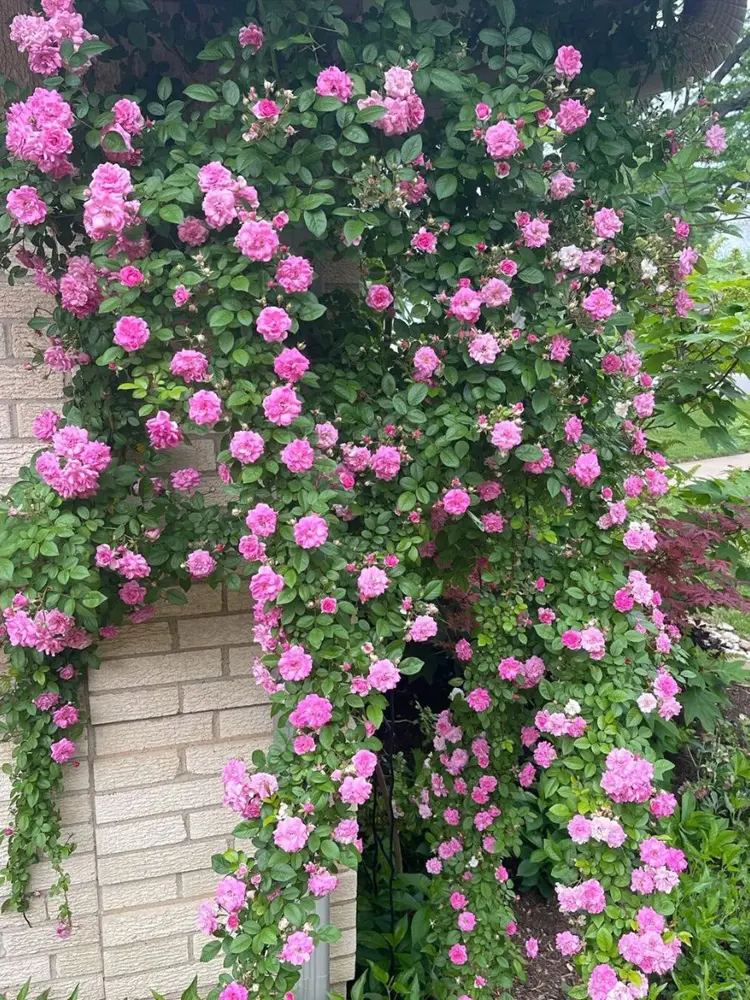
Disease-Resistant Cultivars
Choosing disease-resistant varieties is crucial for reducing maintenance and ensuring healthy plants. Some popular disease-resistant climbing roses include:
- 'New Dawn': A repeat bloomer with pale pink flowers and excellent disease resistance. It is known for its hardiness and ability to thrive in various conditions.
- 'Zephirine Drouhin': Nearly thornless with a strong fragrance and good resistance to common rose diseases. Its vibrant pink flowers and ease of care make it a gardener’s favorite.
- 'Don Juan': This variety is known for its large, velvety red blooms and strong fragrance. It is also resistant to mildew and rust, making it a reliable choice for many gardens.
- 'Cecile Brunner': Often called the "Sweetheart Rose," it is renowned for its delicate pink blooms and robust nature, with good resistance to disease.
Fragrance and Bloom Patterns
Consider the fragrance and bloom patterns when selecting a variety. Some varieties offer intense, classic rose scents, while others may have more subtle fragrances. Bloom patterns can range from single, large blooms to clusters of smaller flowers, providing various visual and sensory experiences in the garden.
- Blooming Seasons: Some climbing roses bloom once a year (spring or summer), while others are repeat bloomers that flower throughout the season.
- Flower Forms: Roses can have single, semi-double, or double blooms, with a variety of petal shapes and colors ranging from pure white to deep red, and even unusual shades like blue and orange.
Planting and Placement
Ideal Exposure
Climbing roses thrive in locations that receive full sun (at least 6 hours of direct sunlight per day), but they can tolerate partial shade. Morning sun is especially beneficial as it helps dry dew on the leaves, reducing the risk of fungal diseases. Ensuring proper sunlight is crucial for optimal blooming and growth.
Choosing a Support Structure
When choosing a support structure, consider the following options:
- Trellises: Provide vertical support and are ideal for smaller spaces. They can be made of wood, metal, or plastic and can be free-standing or attached to a wall.
- Walls: Offer a large surface area for roses to climb and spread. Training roses on walls can create a stunning display and cover unsightly surfaces.
- Arbors: Create a romantic, tunnel-like effect and are perfect for garden entrances. They provide a dramatic focal point and can support multiple climbing roses for a lush, blooming canopy.
- Fences: Fences can also serve as excellent supports, offering a blend of privacy and beauty when adorned with climbing roses.
Soil Preparation and Planting Tips
- Soil: Ensure the soil is well-drained and rich in organic matter. Amend heavy clay or sandy soils with compost or well-rotted manure to improve fertility and drainage.
- Planting: Dig a hole twice the width of the root ball and as deep as the root system. Place the rose in the hole, fill with soil, and water thoroughly. Ensure that the bud union (the swollen area where the rose was grafted) is at soil level in warmer climates or slightly below in colder climates to protect it from freezing.
- Spacing: Plant climbing roses at least 3-5 feet apart to allow for proper air circulation and growth. This helps prevent diseases and ensures each plant has enough space to thrive.
- Watering: Water newly planted roses deeply to establish a strong root system. Regular watering during the first growing season is crucial for establishment.
Training Techniques
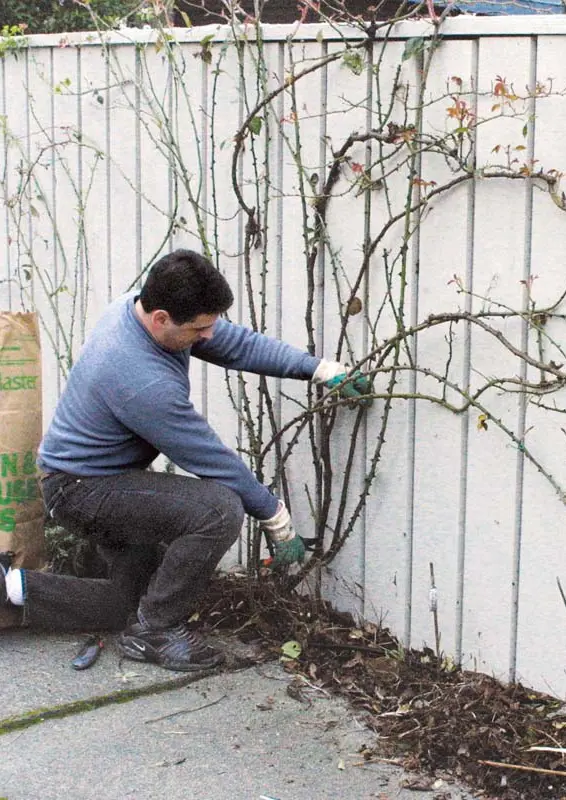
Step 1: Choose Your Support Structure
Ensure the support structure is sturdy enough to hold the weight of the mature climbing rose. Metal, wood, or plastic supports can be used, depending on aesthetic preference and durability requirements.
Properly installed supports prevent damage to the rose and ensure it grows in the desired direction.
Step 2: Train Horizontally First
Training canes to grow horizontally encourages lateral growth, leading to more blooms.
Use soft ties to secure canes to the support without damaging the plant. This method maximizes flower production by promoting the development of lateral shoots along the main canes.
Step 3: Train & Tie-in to Supports
As the rose grows, regularly tie new canes to the support structure. Use pliable ties and avoid tying too tightly, which can damage the canes. Training and tying-in should be done in spring or early summer when new growth is flexible.
Regularly check and adjust ties to accommodate growth and prevent constriction.
Step 4: Peg Down
Pegging down canes horizontally near the ground promotes additional blooming and creates a fuller appearance. Secure canes to the ground with garden pegs or hooks. This technique stimulates the production of flowering shoots along the pegged canes, increasing bloom density.
Step 5: Prune for Longevity
Regular pruning is essential for maintaining the health and shape of the climbing rose. Remove dead, diseased, or damaged wood, and prune to shape the plant and encourage new growth.
Annual pruning should be done in late winter or early spring before new growth begins. Focus on removing older canes to stimulate new, vigorous shoots and improve air circulation within the plant.
Additional Care Tips
1. Regular Watering
Climbing roses require consistent moisture, especially during dry periods. Water deeply to encourage deep root growth, but avoid waterlogging the soil. Mulching helps retain moisture and reduces the need for frequent watering. Ensure the soil remains evenly moist, but not soggy, to prevent root rot and other water-related issues.
2. Fertilization
Feed climbing roses with a balanced rose fertilizer or well-rotted compost in early spring and again in mid-summer. Avoid over-fertilizing, which can lead to excessive foliage growth at the expense of blooms.
Organic fertilizers such as fish emulsion, bone meal, and compost provide slow-release nutrients that promote healthy growth. Regular feeding ensures that roses receive the necessary nutrients for robust blooming and overall vitality.
3. Mulching for Moisture Retention
Apply a layer of mulch around the base of the plant to retain soil moisture, suppress weeds, and regulate soil temperature. Use organic mulch such as wood chips, straw, or compost.
Mulching also improves soil structure and provides essential nutrients as it breaks down. A 2-3 inch layer of mulch is usually sufficient to provide these benefits without creating a haven for pests.
Common Pests and Diseases
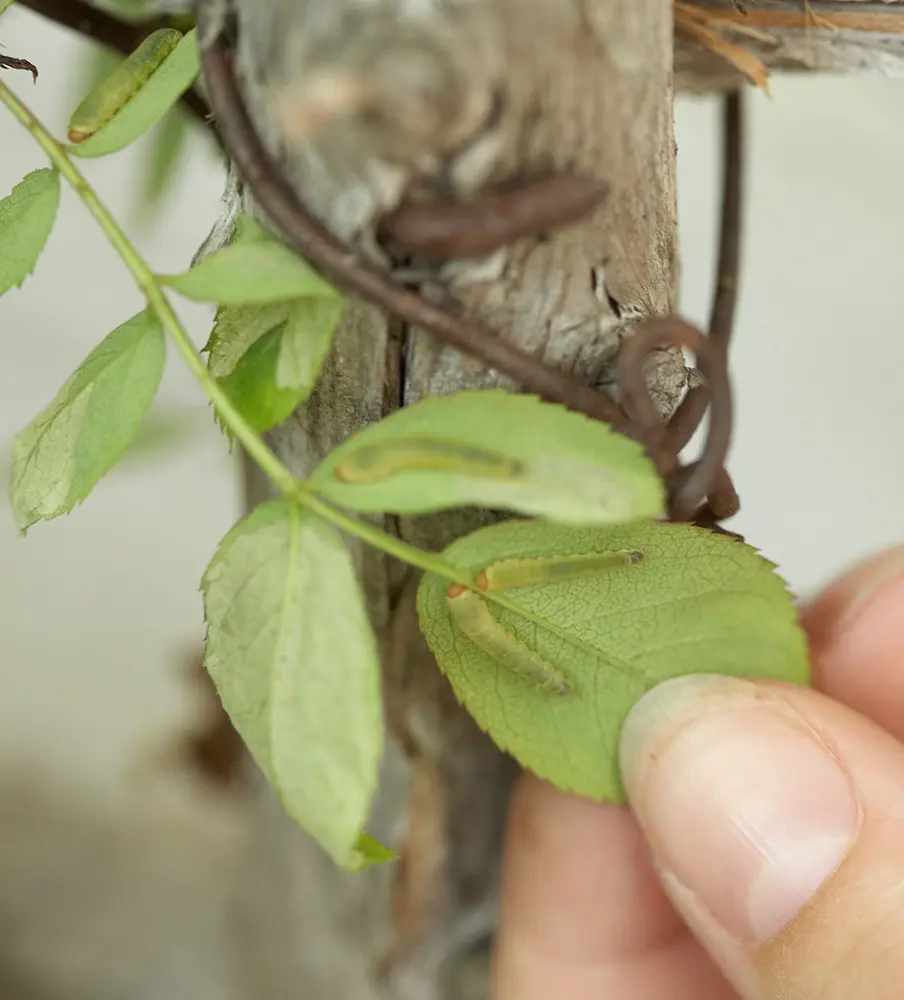
Climbing roses are a beautiful addition to any garden, but they can be susceptible to various pests and diseases. Understanding how to identify and manage these issues is crucial for maintaining healthy, vibrant plants.
Blackspot:
- Identification: Look for black spots on leaves, leading to yellowing and premature leaf drop.
- Solutions: Remove and discard affected leaves. Apply a fungicide if necessary. To prevent blackspot, ensure good air circulation around the plant and avoid overhead watering.
Powdery Mildew:
- Identification: This disease appears as a white, powdery coating on leaves and stems.
- Solutions: Improve air circulation and water the plant at its base rather than from above. Apply a fungicide if needed. Selecting resistant rose varieties and maintaining proper plant spacing can also help prevent powdery mildew.
Rust:
- Identification: Look for orange pustules on the undersides of leaves.
- Solutions: Remove and destroy infected leaves. Apply a fungicide to control the spread. Ensuring good air circulation and avoiding overhead watering are key preventive measures.
Aphids:
- Identification: These small, sap-sucking insects can distort new growth and are often found in clusters on the plant.
- Solutions: Spray the plant with insecticidal soap or a strong stream of water to dislodge the aphids. Introducing beneficial insects like ladybugs can also help control aphid populations naturally.
Scale:
- Identification: Scale insects appear as hard, shell-like bumps attached to stems and leaves.
- Solutions: Manually remove scales with a soft brush or cloth, or apply horticultural oil to smother them. Regular inspection and prompt treatment can prevent severe infestations
Winter Preparation
Protecting Climbing Roses During Colder Months
- Mulch: Apply a thick layer of mulch around the base of the plant to protect roots from freezing. In colder regions, mound soil or compost around the base of the canes to provide additional insulation.
- Covering: Use burlap or rose cones to cover and protect the plant from harsh winds and freezing temperatures. For severe climates, construct a simple framework and wrap it with burlap or other insulating materials.
- Pruning: Prune back long canes to prevent wind damage, but avoid heavy pruning until spring. Secure canes to prevent breakage from winter winds.
Overwintering Tips
- Container Roses: If growing climbing roses in containers, move them to a sheltered location or insulate the pots with bubble wrap or burlap to protect the roots.
- Watering: Water thoroughly before the ground freezes to ensure the plants have adequate moisture during winter dormancy.
- Inspection: Regularly inspect winter coverings and supports to ensure they remain secure and effective throughout the season.
